Amazon FBA is a popular online business model, because selling products on Amazon gives sellers access to the hundreds of millions of customers already active on the marketplace. It’s great for people who have a good understanding of how internet and ecommerce businesses work and who are ready to invest in a new venture with a lot of upside.
Still, many sellers are asking the question is Amazon FBA still worth it in 2024?
The answer: Yes, Amazon FBA is still worth it in 2024.
However, if you’re planning on starting an Amazon FBA business, you need to understand how it works in order to be profitable. This guide will serve as a helpful resource that uncovers what Amazon FBA is, its history, how it actually works, advantages and disadvantages, and more.
What is Amazon FBA?
Amazon FBA is a system in which a seller sends their product to an Amazon fulfillment center and then Amazon picks, packs, and ships the orders. FBA stands for “fulfillment by Amazon.”
It’s beneficial to brand owners for two main reasons: Distribution and operations.
Amazon FBA helps sellers find buyers and handles logistics for them.
First, FBA helps with distribution. Because Amazon is a marketplace where most of the top online brands already have a presence, it gives new sellers access to traffic that they otherwise would have to spend a lot of money to acquire. It’s a built-in network of customers that’s not reliant on Facebook or Google Ads.
Second, Amazon helps sellers with their operations. Every ecommerce owner knows that handling the physical piece of their business is a tough job. Storing the products in a warehouse is expensive and managing the staff that actually sends the packages is challenging. Amazon FBA handles all of that through their hyper-efficient fulfillment centers that have been perfected over decades. Additionally, Amazon manages returns, refunds, and customer service.
History of Amazon FBA
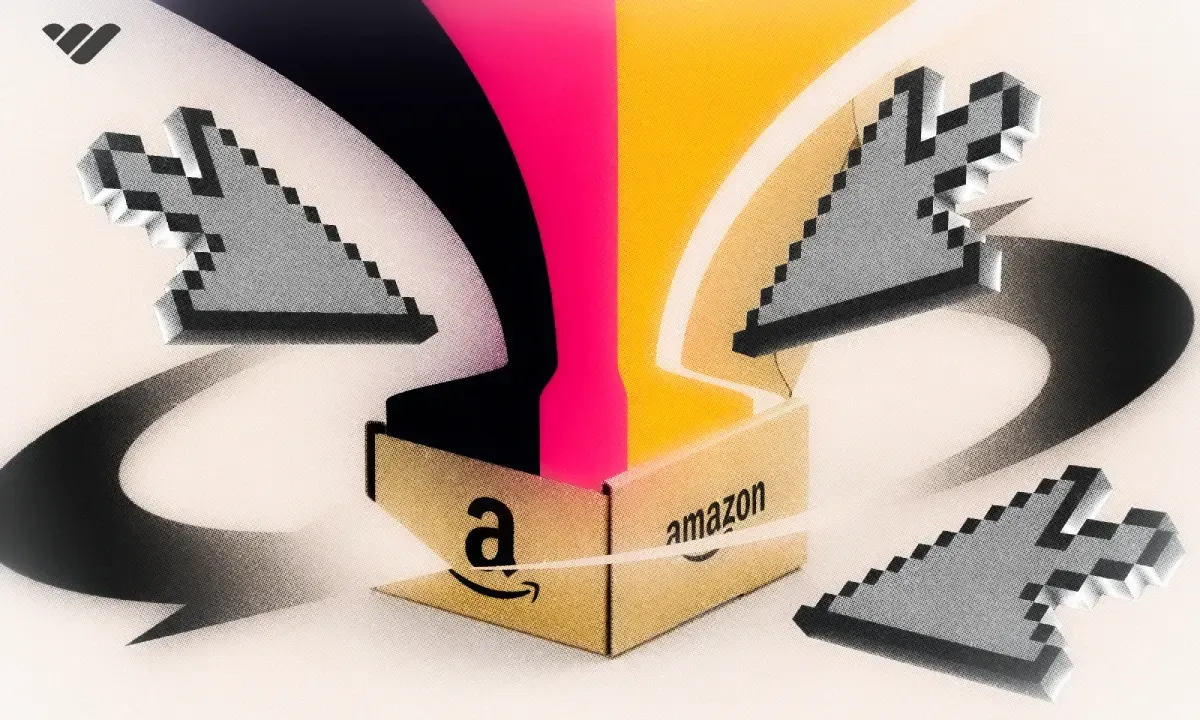
Amazon FBA has a rich history of internet entrepreneurship.
July 1994
Amazon was started by Jeff Bezos in Seattle, WA (chosen for its proximity to Microsoft and the abundance of tech talent) selling books online. In the following years, it expanded to videos and music and eventually, physical products.
The company went public in May 1997.
September 2006
In 2006, Amazon started introducing tools to help builders be more successful online. In September it introduced FBA to help third-parties market their goods through Amazon’s platform.
Today
Today, Amazon FBA is one of the ways that Amazon.com has grown into the behemoth it is today, but also how ecommerce brands and operators can scale in a more efficient way. Sellers are also able to offer Prime’s Two-Day shipping, which often isn’t possible when solely selling via a direct-to-consumer website.
Prime has an estimated 200 million users worldwide and if you’re a subscriber, you know how much easier it is to place an order than going to a little-known brand’s website and placing an order. Amazon simply increases conversions.
How Does Amazon FBA Work?
At its core, Amazon FBA is pretty simple. Sellers simply send their products to an Amazon warehouse in bulk, create a product listing on Amazon, and then when new orders are placed, Amazon is in charge of fulfilling them with their staff and packing supplies.
Sending Products to Amazon
Whether ordering your inventory from a domestic or international supplier, you’ll ship them to an Amazon fulfillment center, or multiple, depending on how many units you plan to sell and to what geographies.
Creating Seller Account and Posting Product Listings
In order to utilize Amazon FBA, you’ll have to sign up for an Amazon selling account. From there you can start the FBA setup process.
Once approved you can submit product listings to get your brand live on Amazon.
Let Amazon Handle the Rest
After the sale has been made, Amazon handles everything! Including managing returns and customer service.
Amazon FBA Pros and Cons
Now that you understand what Amazon FBA is and how it works, let's take a look at its pros and cons.
Pros:
- Access to a Large Marketplace of Customers
While selling on Amazon, you’re not reliant on bringing visitors to your site on a platform like Facebook or Google. Both of these channels require either a solid content strategy (organic posts, search engine optimization, etc.) or paid ads strategy (paid media with ad campaigns) to get people to learn about you.
Amazon already has the buyers. Millions of people go on Amazon every day in search of just about every type of product, whether its potato chips, toilet bowl cleaners, or headphones. Amazon FBA allows you to insert yourself into an ecosystem that is already alive and thriving. - Hands-Off Fulfillment
As discussed, one of the main features of Amazon FBA is that Amazon handles the shipping. Traditionally, you’d either need to hire a 3PL (third-party logistics company) or do it yourself.
3PLs are also costly and they still integrate with your existing site, so you don’t get the benefits of the Amazon marketplace. Handling fulfillment requires your own warehouse, managing a team of people, keeping track of inventory, and ordering the raw packing materials each time you run out. It’s like running another business within your existing business. For a price, Amazon will handle all of this for you through FBA. - Increased Conversion Rates
Everything you can do to reduce the friction between a customer learning about your brand and clicking the “Buy Now” button will result in more sales. If it’s easier to purchase, more people will do it.
Hosting your products on Amazon and giving customers the option for free two-day shipping via Amazon Prime is a great way to increase the amount of orders you get each month.
Psychologically speaking, you’d be more likely to buy something if you saw the Prime logo, right? Get into the shoes of your customers and give them what they want by utilizing FBA.
Cons:
- Fees & Expenses
Put plainly, Amazon FBA is expensive for sellers. While you’re outsourcing a lot of the tasks that you’d typically have to do yourself, you’re definitely paying for it.
Storage and fulfillment fees can add up quickly and take away from your margin. Make sure that your cost of goods and average order value or properly calculated so that you are running a profitable business through Amazon. - Increased Competition
Because FBA makes it easier for brands to get started and operate, that low barrier to entry welcomes more and more sellers. Competition on Amazon is high.
Everyone from massive brands to small niche businesses seems to have a presence on Amazon. This also means that you’ll be competing with others on price, which is typically just a race to the bottom. Differentiate yourself with a unique brand or take on an existing product. - Lack of Data & Relationship
Selling on Amazon means that rather than customers purchasing directly from your site and entering their email address, phone number, etc., they’re communicating with Amazon from their account.
When you use FBA you don’t have the same visibility into who’s buying your product as you would in a direct relationship. This also means that building trust with those consumers is a bigger challenge. - Increased Return Rates
If you’ve ever bought anything on Amazon, then you know how easy their “customer-first” approach makes it easy to return or exchange items. Selling on Amazon means that you have to abide by their rules — and their rules favor consumers.
How Much Does it Cost to Sell with Amazon FBA?
The charges incurred through Amazon FBA can get quite steep. There are two main fees: monthly storage and fulfillment.
- Monthly Storage Fees
Because real estate and shelf space is so precious, you have to pay Amazon money each month to house your products in their centers.
These fees vary depending on the average daily volume of space your inventory occupies, product-size tiers, and time of year. - Fulfillment Fees
Every shipped package requires a human (or robot) to grab the item from its shelf, package it in a box or envelope, and have the updated inventory information put into the system. Amazon charges a per-unit fee for this.
The amount varies depending on the item’s size, weight, and category. Amazon offers the FBA Revenue Calculator to help you get a more exact understanding of how much you’d have to pay in fees for your brand’s products.
What to Sell with Amazon FBA

You could sell just about anything on Amazon, so how do you know what’s best to sell with FBA?
Have Existing Demand on Amazon
The first thing to look for when deciding what to sell using Amazon FBA is if the product is already selling a lot of units on Amazon. If it is, that’s a good sign that the potential item already has a big market and there is the opportunity to have a “piece of the pie.”
Stay away from products that are too niche or unique and only serve a small number of people in today’s world.
Can Fit Into Regular-Sized Packaging
You want to find products that can fit in the boxes or envelopes that Amazon is already using on a daily basis. Packaging is pricey enough — there’s no need to pay more money just to have an oddly-shaped product.
Doesn't Need Massive Storage Space
The other side of this is limiting yourself to products that are small enough to fit in their dedicated spot in Amazon’s warehouses. It wouldn’t be a good idea to sell furniture through Amazon FBA as you would be required to spend so much on Amazon’s monthly storage fees that you wouldn’t make any money!
Doesn't Require Special Handling
Find products that aren’t ultra delicate or fragile. Products like china and glass are more susceptible to breaking in the handling or shipping process, so you’ll lose money on damaged goods and customer returns.
Instead, opt for items that are durable and will always arrive intact to the customer’s doorstep. In reality, most products should be able to withstand the shipping process just fine.
How to Research Winning Products for Amazon FBA
Here are a few methods you can use to find good Amazon FBA products.
Browse the Amazon Marketplace
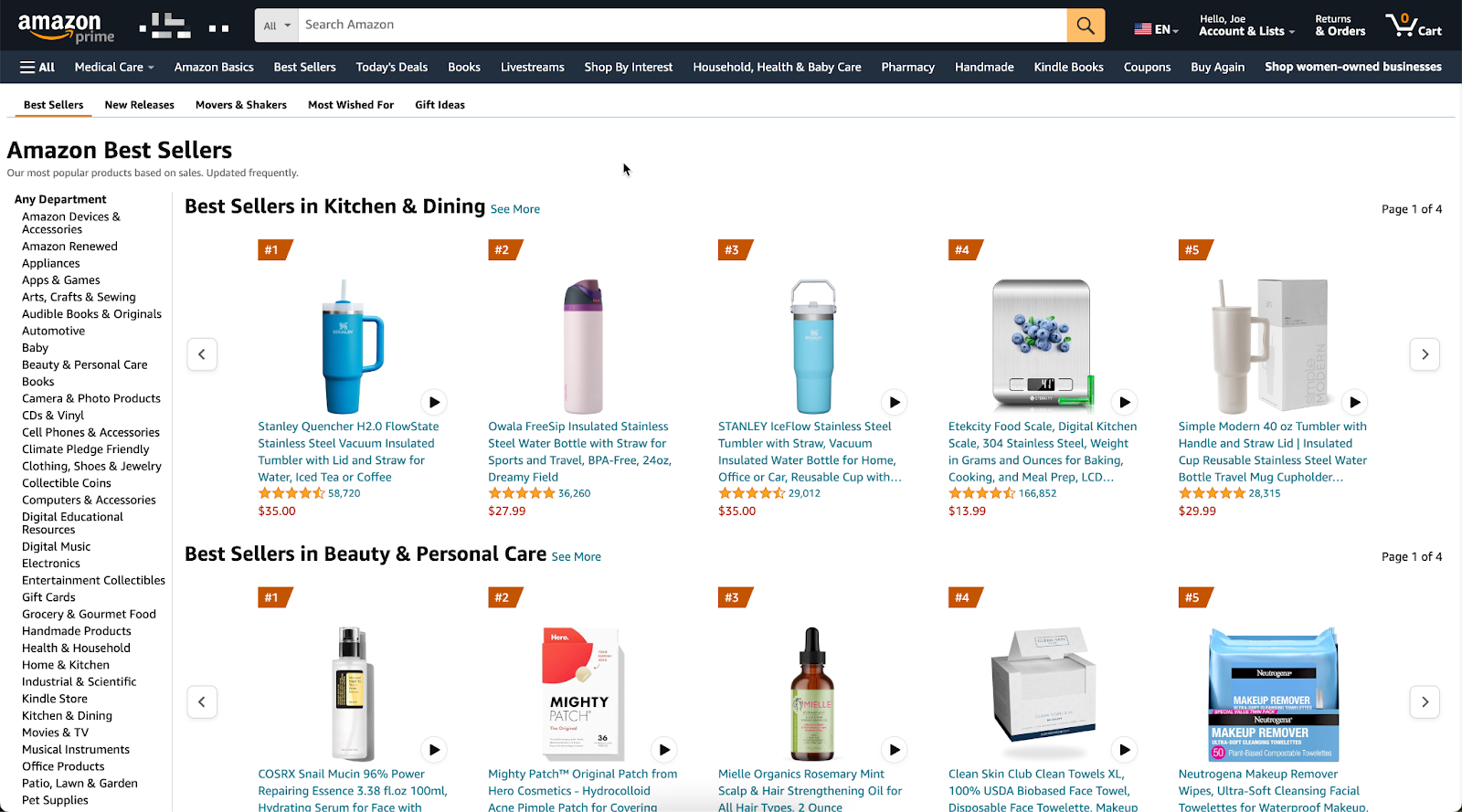
The surest way to know if a product is good to sell on Amazon is, well, looking on Amazon. The site has a handy tab simply labeled “Best Sellers” that breaks out which items are most popular based on how many sales they’re getting.
Best of all, the bestsellers list is frequently updated so you can get current information as well as monitor the page over several weeks and months to find out where customers attention and dollars are going.
Look at eBay

eBay is another solid source of information for actual market data. Depending on what category you’re looking to sell, you can find what types of products people are buying the most through this online marketplace.
A simple trick to find pricing information is by changing the filters to be marked as “Completed” and “Sold” which will only show you the listings that people actually converted on. This will help you only focus on successful products, not ones that got listed but never sold.
Search AliExpress and Alibaba
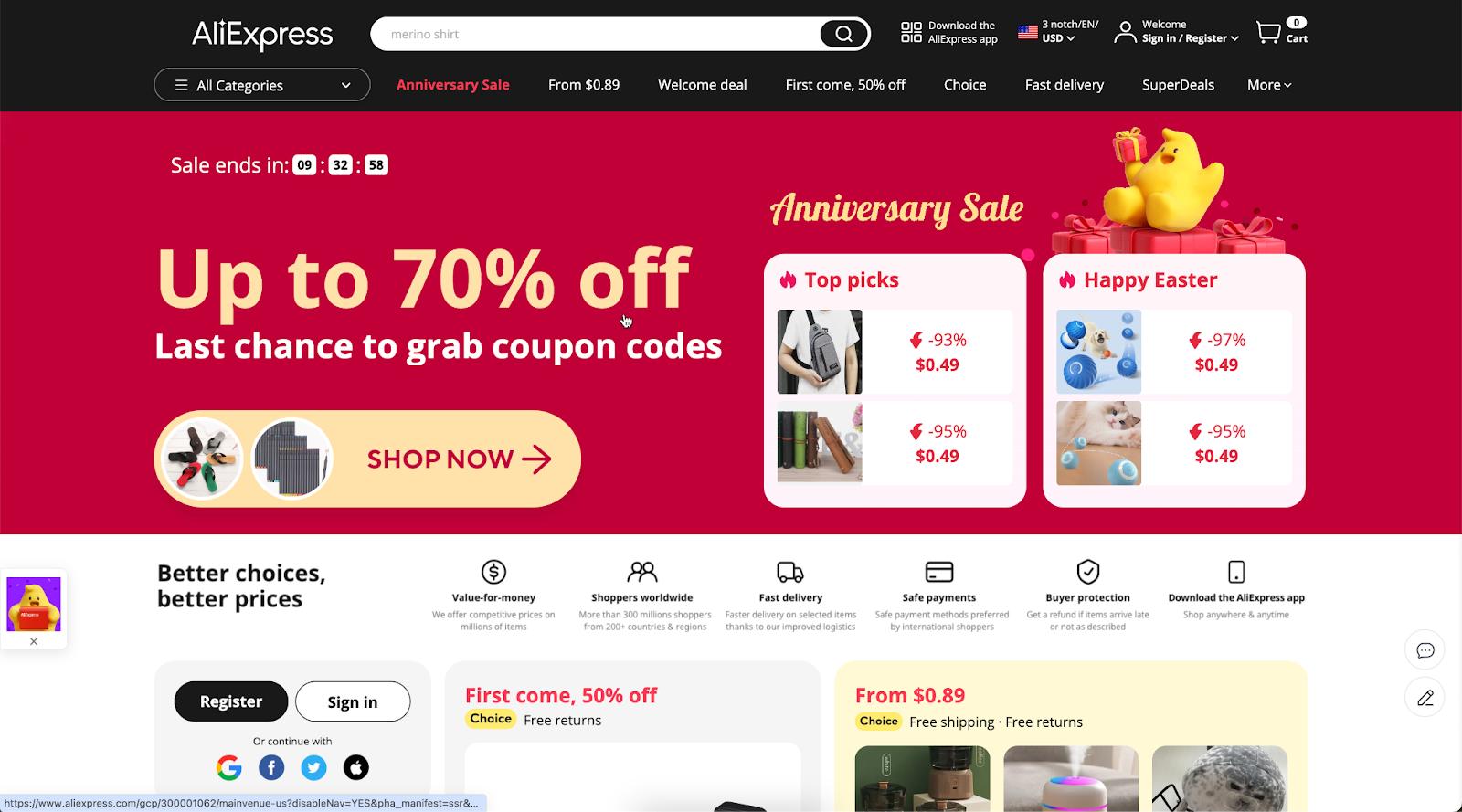
When it’s finally time to buy products to send to Amazon, AliExpress and its parent company Alibaba are the places you’ll want to go to find suppliers who can produce the products you’re looking for. Oftentimes, they’re already fulfilling massive orders from other brands and sellers, so they’ll be able to handle your needs.
These platforms can also be used as a good product discovery tool. Through these sites, you can qualify the manufacturers to be sure that they already work with plenty of other companies and successfully complete orders with quality goods.
Strategies to Sell More on Amazon
If you really want to make it as a seller on Amazon, these tactics can boost your product listings and help you sell more units.
Having a Good Product
“Good marketing can’t save a bad product.” The first step in creating a flourishing Amazon FBA business is having a quality product that serves a genuine need or desire in people’s lives.
Without a good product, there won’t be a market and customers that end up purchasing won’t be satisfied and won’t buy from you again.
Monitoring Reviews
Reviews are the lifeblood of Amazon listings. Social proof and user testimonials signal to potential customers that your product does what you say it does. Make sure to answer product questions, thoroughly check reviews, and manage customer feedback in a positive and helpful manner. This will create a loyal customer base that will serve you for years to come.
Coupons
Offering customers a percentage or fixed dollar amount off the typical price is a simple way to increase sales. You can also offer “Lightning Deals” to promote a sale for a limited time.
Be careful not to offer coupons all the time — the quickest way to kill a good brand’s reputation is to only be known as a brand that has discounted goods.
Amazon Ads
Amazon offers paid advertising slots to boost your listings higher than others. Amazon Ads can be placed on Amazon.com, third-party sites, and even Amazon-owned gaming platform Twitch! If your listing is new, ads can speed up the ranking process by attracting qualified buyers at the top of search results.
Amazon SEO
Just like search engines, Amazon listings also can benefit from keyword optimization. With Amazon SEO you can perform research on high search volume keywords, then tailor the title of your products to match that interest. This is why you’ll often see products with long titles and words that may not make sense — they’re crafted to signal to Amazon that your listing should be shown to more searchers.
How Can I Learn Amazon FBA?
As you can tell, Amazon FBA has a lot of details and intricacies that you wouldn’t otherwise know. Here’s how you can learn more about starting your Amazon FBA business.
On Your Own
When you’re just starting out, the best way to learn is by grasping the basics through explainer videos on YouTube. They’re often created by experienced Amazon sellers and can speed up your process.
Blog articles and Amazon’s own database of guides can also be great sources to ask specific questions and get detailed answers. While it takes more time to piece everything together, places like YouTube and Google are free ways to learn Amazon FBA.
Courses & Communities
If you know you’re ready to invest further in Amazon FBA then a paid course taught by a professional is the best route to take. On Whop, we have dozens of courses and Discord communities from massive Amazon sellers that teach you everything you need to know in a straightforward way.
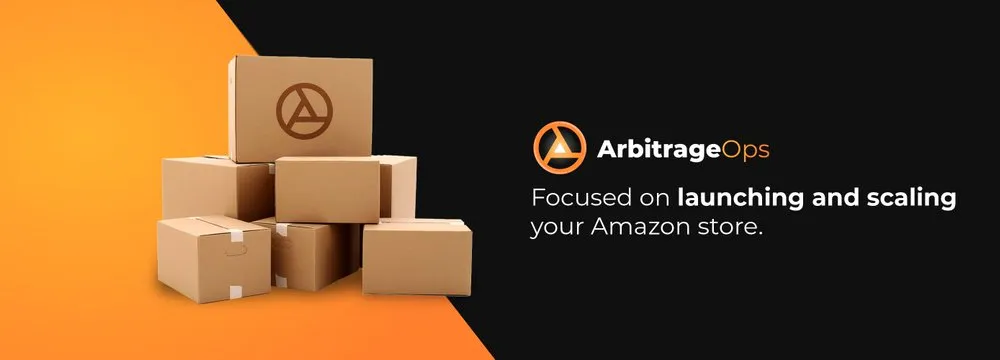
The best part is that these courses are paired with active Discord communities where you can connect with coaches and like-minded people who are also trying to start Amazon FBA businesses. Learn from the best and create lasting relationships.
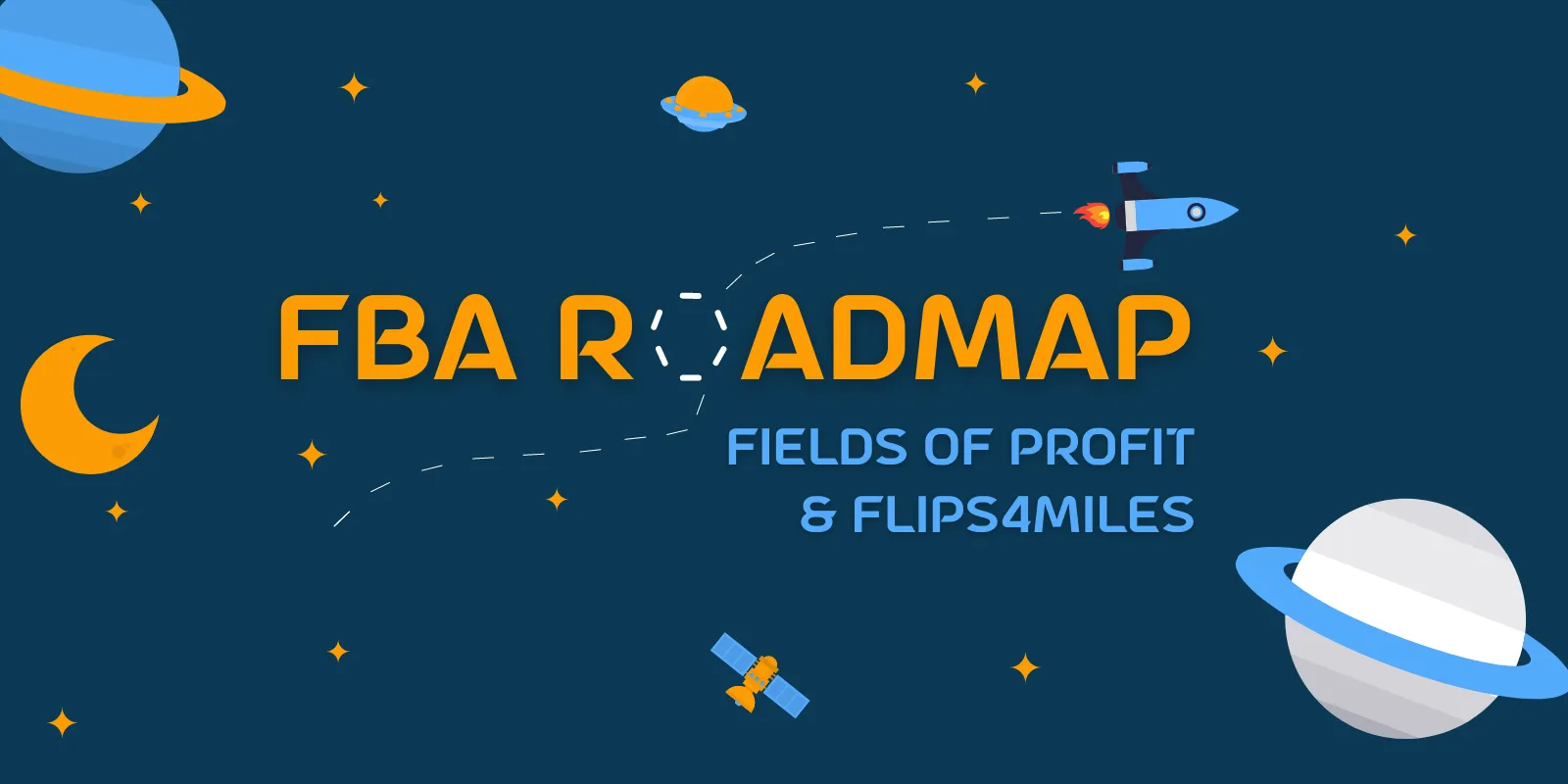
So… Is Amazon FBA Still Worth It?
Amazon FBA provides a great opportunity for ambitious entrepreneurs. If you have a great idea for a product but don’t want to worry about the logistics, it can be a simple way to start generating sales without the headache of managing inventory and shipping.
In short, if you’re ready to dedicate the time, your product has a high enough margin, and you’d rather have someone else worry about the shipping and handling, then yes, Amazon FBA is absolutely worth it.
To learn about FBA from the best in the business, join an Amazon FBA community on Whop. Learn from the best to give yourself the greatest chance at success.





